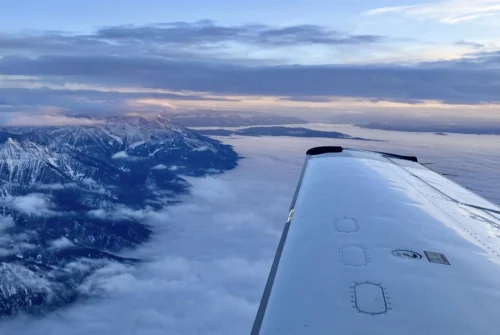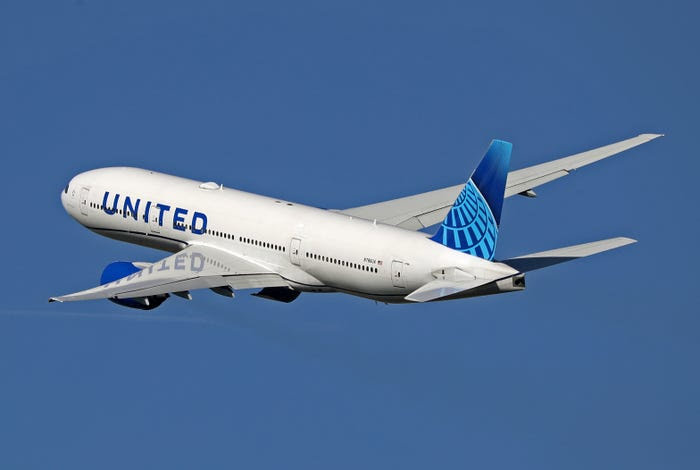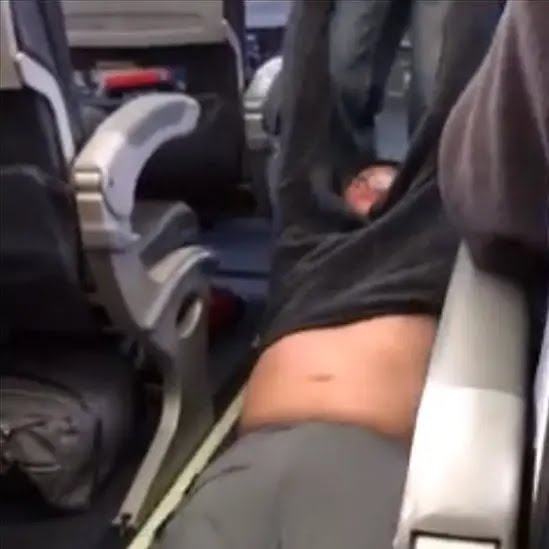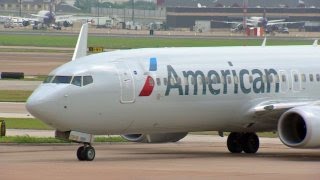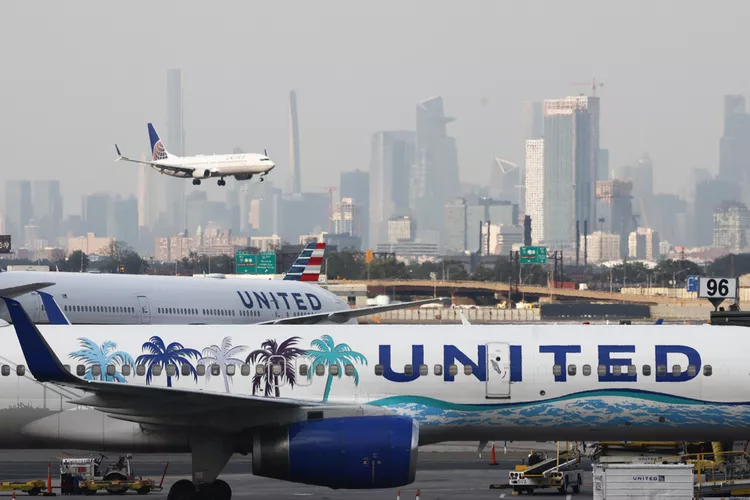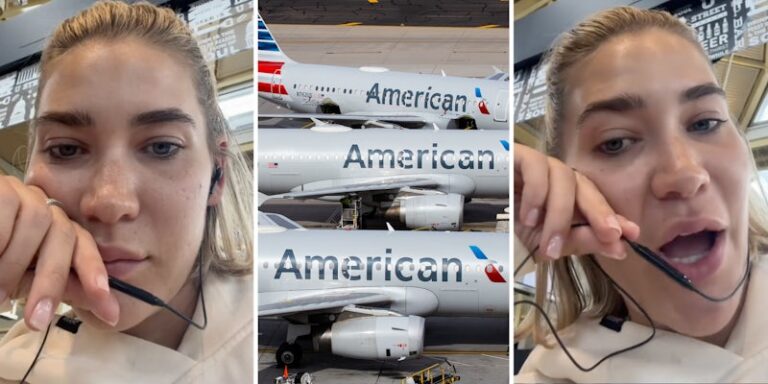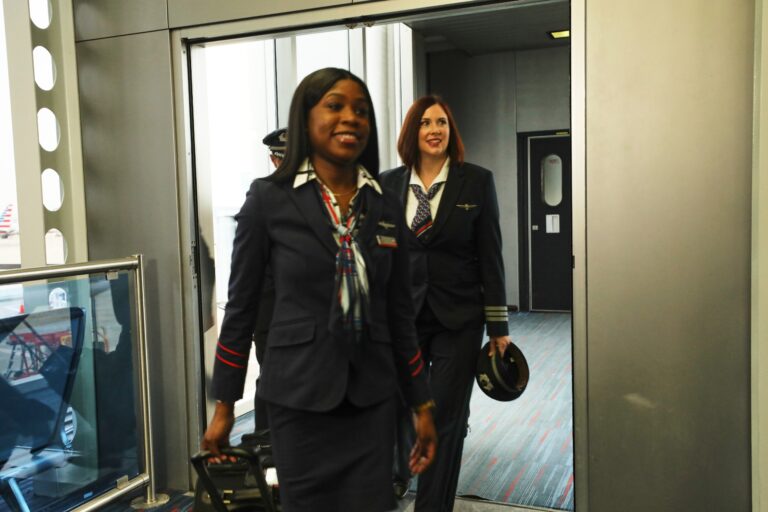NOAA, United Airlines to measure greenhouse gases during domestic flights
July 23 (UPI) — The National Oceanic and Atmospheric Administration is teaming up with United Airlines to measure greenhouse gases and pollutants in the sky during domestic flights.The multi-year agreement, announced Tuesday, will equip a Boeing 737 with an instrument package to improve monitoring of carbon dioxide, methane and other greenhouse gases. The equipment will also improve the accuracy of weather forecasts in the United States.
“This collaboration represents a significant leap forward in U.S. efforts to monitor and mitigate greenhouse gas emissions,” said Sarah Kapnick, the NOAA’s chief scientist.
“If we can harness the capabilities of commercial aircraft, we will be poised to make rapid advancements in the understanding of greenhouse gas emissions that can inform policies.”The NOAA’s Global Monitoring Laboratory already operates a network of 60 sampling sites around the world, using private pilots to collect airborne samples.
“This new partnership with United is the first step in establishing a Commercial Aircraft Greenhouse Gas Monitoring Program,” said GML director Vanda Grubišić, “which will add valuable greenhouse gas measurements near large urban areas where most of greenhouse gas emissions originate.”
Tuesday’s agreement with United Airlines, which was announced during the White House Super Pollutants Summit in Washington, D.C., would test the potential for a larger network of commercial aircraft to increase the number of airborne samples collected.
The NOAA’s Global Monitoring Laboratory already operates a network of 60 sampling sites around the world, using private pilots to collect airborne samples.
“This new partnership with United is the first step in establishing a Commercial Aircraft Greenhouse Gas Monitoring Program,” said GML director Vanda Grubišić, “which will add valuable greenhouse gas measurements near large urban areas where most of greenhouse gas emissions originate.”
Tuesday’s agreement with United Airlines, which was announced during the White House Super Pollutants Summit in Washington, D.C., would test the potential for a larger network of commercial aircraft to increase the number of airborne samples collected.
“We’ll be collecting data over multiple cities multiple times a day, in different seasons, and under varying weather conditions,” said Colm Sweeney, who leads GML’s commercial aircraft program.
“This will allow scientists to more accurately measure U.S. emissions at sub-regional scales, which is one goal of a national greenhouse gas monitoring strategy announced earlier this year, and at just 1% of the cost of deploying research aircraft,” Sweeney added.
United Airlines is hoping the NOAA’s air-monitoring equipment will help clear the skies by reducing wispy contrails, the white streaks from planes.
Water vapor measurements could improve weather forecasts for regions prone to high-altitude contrail formation, which can trap heat. That information would allow airlines to alter flight paths and reduce contrail formation.
July 23 (UPI) — The National Oceanic and Atmospheric Administration is teaming up with United Airlines to measure greenhouse gases and pollutants in the sky during domestic flights.The multi-year agreement, announced Tuesday, will equip a Boeing 737 with an instrument package to improve monitoring of carbon dioxide, methane and other greenhouse gases. The equipment will also improve the accuracy of weather forecasts in the United States.
“This collaboration represents a significant leap forward in U.S. efforts to monitor and mitigate greenhouse gas emissions,” said Sarah Kapnick, the NOAA’s chief scientist.
“If we can harness the capabilities of commercial aircraft, we will be poised to make rapid advancements in the understanding of greenhouse gas emissions that can inform policies.”The NOAA’s Global Monitoring Laboratory already operates a network of 60 sampling sites around the world, using private pilots to collect airborne samples.
“This new partnership with United is the first step in establishing a Commercial Aircraft Greenhouse Gas Monitoring Program,” said GML director Vanda Grubišić, “which will add valuable greenhouse gas measurements near large urban areas where most of greenhouse gas emissions originate.”
Tuesday’s agreement with United Airlines, which was announced during the White House Super Pollutants Summit in Washington, D.C., would test the potential for a larger network of commercial aircraft to increase the number of airborne samples collected.
The NOAA’s Global Monitoring Laboratory already operates a network of 60 sampling sites around the world, using private pilots to collect airborne samples.
“This new partnership with United is the first step in establishing a Commercial Aircraft Greenhouse Gas Monitoring Program,” said GML director Vanda Grubišić, “which will add valuable greenhouse gas measurements near large urban areas where most of greenhouse gas emissions originate.”
Tuesday’s agreement with United Airlines, which was announced during the White House Super Pollutants Summit in Washington, D.C., would test the potential for a larger network of commercial aircraft to increase the number of airborne samples collected.
“We’ll be collecting data over multiple cities multiple times a day, in different seasons, and under varying weather conditions,” said Colm Sweeney, who leads GML’s commercial aircraft program.
“This will allow scientists to more accurately measure U.S. emissions at sub-regional scales, which is one goal of a national greenhouse gas monitoring strategy announced earlier this year, and at just 1% of the cost of deploying research aircraft,” Sweeney added.
United Airlines is hoping the NOAA’s air-monitoring equipment will help clear the skies by reducing wispy contrails, the white streaks from planes.
Water vapor measurements could improve weather forecasts for regions prone to high-altitude contrail formation, which can trap heat. That information would allow airlines to alter flight paths and reduce contrail formation.July 23 (UPI) — The National Oceanic and Atmospheric Administration is teaming up with United Airlines to measure greenhouse gases and pollutants in the sky during domestic flights.The multi-year agreement, announced Tuesday, will equip a Boeing 737 with an instrument package to improve monitoring of carbon dioxide, methane and other greenhouse gases. The equipment will also improve the accuracy of weather forecasts in the United States.
“This collaboration represents a significant leap forward in U.S. efforts to monitor and mitigate greenhouse gas emissions,” said Sarah Kapnick, the NOAA’s chief scientist.
“If we can harness the capabilities of commercial aircraft, we will be poised to make rapid advancements in the understanding of greenhouse gas emissions that can inform policies.”The NOAA’s Global Monitoring Laboratory already operates a network of 60 sampling sites around the world, using private pilots to collect airborne samples.
“This new partnership with United is the first step in establishing a Commercial Aircraft Greenhouse Gas Monitoring Program,” said GML director Vanda Grubišić, “which will add valuable greenhouse gas measurements near large urban areas where most of greenhouse gas emissions originate.”
Tuesday’s agreement with United Airlines, which was announced during the White House Super Pollutants Summit in Washington, D.C., would test the potential for a larger network of commercial aircraft to increase the number of airborne samples collected.
The NOAA’s Global Monitoring Laboratory already operates a network of 60 sampling sites around the world, using private pilots to collect airborne samples.
“This new partnership with United is the first step in establishing a Commercial Aircraft Greenhouse Gas Monitoring Program,” said GML director Vanda Grubišić, “which will add valuable greenhouse gas measurements near large urban areas where most of greenhouse gas emissions originate.”
Tuesday’s agreement with United Airlines, which was announced during the White House Super Pollutants Summit in Washington, D.C., would test the potential for a larger network of commercial aircraft to increase the number of airborne samples collected.
“We’ll be collecting data over multiple cities multiple times a day, in different seasons, and under varying weather conditions,” said Colm Sweeney, who leads GML’s commercial aircraft program.
“This will allow scientists to more accurately measure U.S. emissions at sub-regional scales, which is one goal of a national greenhouse gas monitoring strategy announced earlier this year, and at just 1% of the cost of deploying research aircraft,” Sweeney added.
United Airlines is hoping the NOAA’s air-monitoring equipment will help clear the skies by reducing wispy contrails, the white streaks from planes.
Water vapor measurements could improve weather forecasts for regions prone to high-altitude contrail formation, which can trap heat. That information would allow airlines to alter flight paths and reduce contrail formation.
